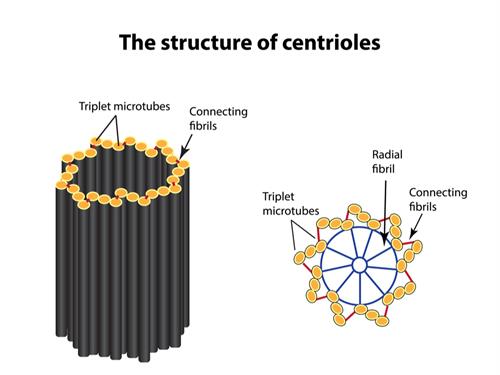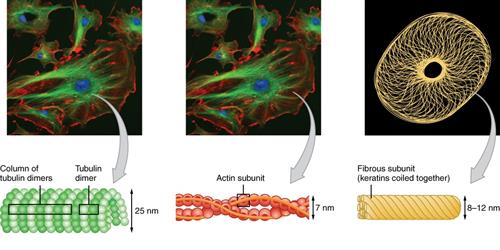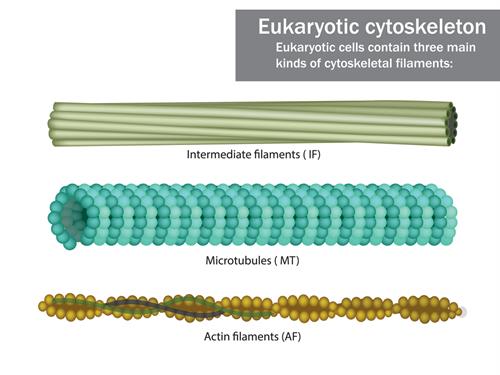PDF chapter test TRY NOW
Centriole
Centrioles are organelles located in the cytoplasm. It is present only in animals cells and lacks a limiting membrane as well as DNA or RNA. During cell division (mitosis and meiosis), centrioles form spindle microtubules.
Discovery: The word centriole comes from the Greek (Centrum - centre). Van Beneden discovered it in 1887, and Boveri explained on its structure in 1888.
Location: Except for mature mammalian RBCs, they are found in all animal cells and is absent in a plant cell.
Shape: They are barrel-shaped.
Position: They appear in pairs near the nucleus, generally at right angles to each other.
A centrosome is a type of organelle made up of two cylindrical structures known as centrioles.
Note:
- The centrosphere is the region surrounding the pair of centrioles.
- The centrosome is the cell's main microtubule organising centre.
Arrangement: Each centriole is made up of (nine 9 + 0) tubulin protein peripheral fibrils that are uniformly spaced. The peripheral fibrils are all triplets. That's a ring with nine sets of triplets on the outside and none in the centre.

Functions:
- At the end of cell division, centrioles move to the poles and form asters that organise the spindle fibres during mitotic and meiotic cell division.
- Cilia and flagella are formed by centriole in animal cells.
Cytoskeleton
The word cytoskeleton comes from the Greek (kytos - cells, skeleton - dried body). It extends from the nucleus to the plasma membrane.
The cytoskeleton is a complex network of filamentous protein fibres found in the cytoplasm.
Structure: It is a complex network of filaments and microtubules that forms a structural framework of a cell. During cell division, it's responsible for the segregation of chromosomes into two daughter cells.


Cytoskeletal components
Important!
Cytoskeleton is often compared with bone and muscles of an animal.
Cytoskeletal fibres can be divided into the following categories
- Microfilaments
- Microtubules
- Intermediate filaments

Functions:
- It helps to maintain the shape of a cell.
- It controls the distribution and orientation of cell organelles.
- It also aids cellular movement and intracellular transport.
Reference:
https://commons.wikimedia.org/wiki/File:0317_Cytoskeletal_Components.jpg
https://sites.google.com/site/cellycompany/contact-us/cytoskeleton
